Home>Ideas and Tips>Ghost Of Drafts Past Sealing Historical Windows
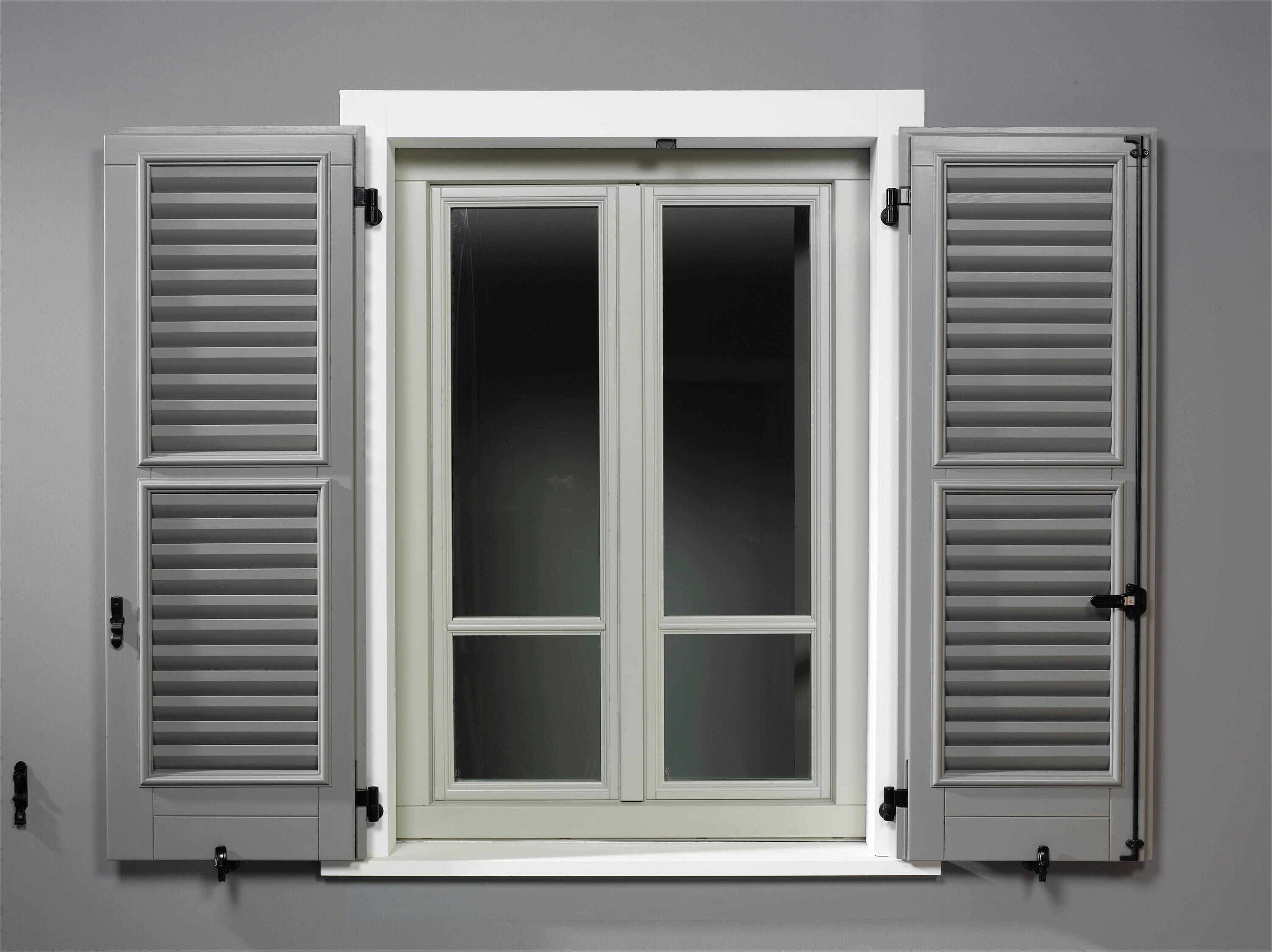

Ideas and Tips
Ghost Of Drafts Past Sealing Historical Windows
Published: October 19, 2024
Learn how to seal drafty historical windows without compromising their integrity. Discover practical, non-invasive solutions for a more comfortable home.
(Many of the links in this article redirect to a specific reviewed product. Your purchase of these products through affiliate links helps to generate commission for Storables.com, at no extra cost. Learn more)
As the seasons change, many homeowners find themselves dealing with a common yet often overlooked issue: drafty windows. These gaps in the window frames can make your home feel less comfortable and even lead to higher utility bills. For those living in historic homes, the challenge is particularly daunting. The windows in these structures are often irreplaceable, making it crucial to find effective yet non-invasive solutions to seal them. In this article, we will delve into the world of drafty windows, exploring the common causes, the importance of preserving historical windows, and practical methods for sealing these gaps without compromising the integrity of your home.
Understanding Drafty Windows
Drafty windows are a common problem in both modern and historic homes. The primary reasons for this issue include:
-
Old Age: Many older windows were not designed with the same energy efficiency standards as today’s windows. Single-pane windows, in particular, are prone to air leaks and can let cold air in during winter and hot air in during summer.
-
Cracked Window Caulking: Over time, the caulk applied to the window frames can crack or chip away, creating gaps that allow air to enter or escape the house.
-
Improper Installation: Faulty installation of windows can lead to multiple problems, including gaps and spaces around the frame that cause drafts.
The Importance of Preserving Historical Windows
Historic windows are not just functional; they are also integral to the architectural character of a building. These windows often provide a sense of scale, craftsmanship, proportion, and architectural styling that is unique to the era in which they were built. Preserving these windows is crucial for maintaining the historical integrity of a property.
The National Park Service emphasizes the importance of respecting original materials and features when dealing with historic buildings. This includes repairing and retaining windows wherever possible and replacing them in kind when necessary. The Secretary of the Interior's Standards for Rehabilitation provide guidelines for preserving historic windows, emphasizing the need for careful evaluation of their physical condition and appropriate repair techniques.
Evaluating the Physical Condition of Historical Windows
Before attempting to seal drafty windows, it is essential to evaluate their physical condition. This involves noting the condition of various components such as:
- Window Location: Understanding where the windows are located in relation to the rest of the house.
- Condition of Paint: Assessing the state of the paint on the windows.
- Condition of Frame and Sill: Evaluating the condition of the frame and sill.
- Condition of Sash (Rails, Stiles, and Muntins): Checking for any damage or wear on the sash.
- Glazing Problems: Identifying any issues with the glass.
- Hardware: Assessing the condition of hardware such as latches and hinges.
- Overall Condition: Determining whether the window is in excellent, fair, or poor condition.
Practical Methods for Sealing Drafty Windows
Given that replacing historic windows is often not an option, several practical methods can be employed to seal drafty windows without compromising their integrity:
1. Using Storm Windows
Adding storm windows, especially exterior ones, can help protect the original windows from UV damage and improve thermal efficiency. This method is particularly effective for historic buildings where preserving the original window is paramount.
2. Applying Weatherstripping
Weatherstripping is a simple yet effective solution for sealing gaps around windows. V-channel weatherstripping can be applied to the bottom and top of each window to create a tight seal. This method is particularly useful for windows that do not open.
3. Using Caulk
Caulk can be used to fill gaps around windows. However, it is crucial to use a high-quality caulk that will not crack over time. Sashco Big Stretch caulk is recommended for its durability and paintability.
4. Insulation Batting with Sealing Tape
For larger gaps, insulation batting can be stuffed into the space and sealed with tape. This method provides additional insulation while ensuring that the gap is sealed.
5. Restoring Windows
If possible, restoring windows so they open and close properly can also help eliminate drafts. A professional window restoration company can repair or replace missing latches and add insulation to improve thermal efficiency.
Case Study: Sealing Drafty Windows in a Historic Home
A Reddit user shared their experience with sealing drafty windows in a historic home over 200 years old. The user found that the source of the draftiness was due to the top and bottom parts of the windows not lining up properly, creating a large gap. The user considered using expanding foam tape but was advised against it due to its potential messiness. Instead, they used insulation batting stuffed into the larger gaps with sealing tape. This method proved effective in reducing drafts without compromising the historical integrity of the windows.
Read more: How To Seal A Basement Window
Conclusion
Sealing drafty windows in historic homes requires careful consideration and practical solutions. By evaluating the physical condition of the windows and employing methods like using storm windows, applying weatherstripping, using caulk, insulation batting with sealing tape, or restoring windows, homeowners can effectively reduce drafts without compromising the historical character of their property. Whether you are dealing with modern or historic windows, addressing drafty windows is essential for maintaining a comfortable and energy-efficient home.
In summary, while ghostly curtains may be a spooky phenomenon, drafty windows are a real issue that can be addressed through thoughtful evaluation and practical solutions. By preserving our historical windows and sealing their gaps effectively, we can ensure that these architectural treasures continue to serve us well for generations to come.
Was this page helpful?
At Storables.com, we guarantee accurate and reliable information. Our content, validated by Expert Board Contributors, is crafted following stringent Editorial Policies. We're committed to providing you with well-researched, expert-backed insights for all your informational needs.
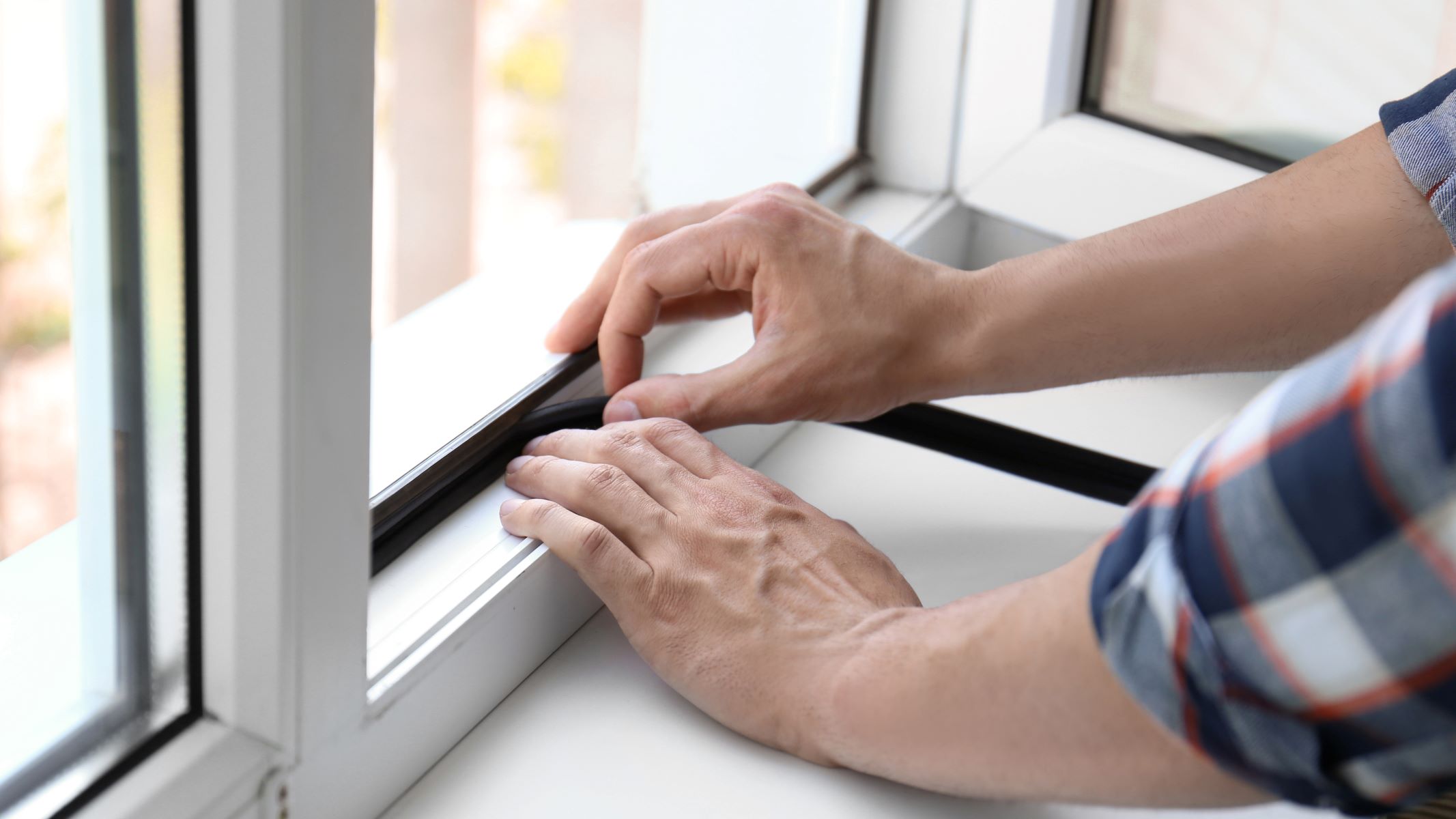
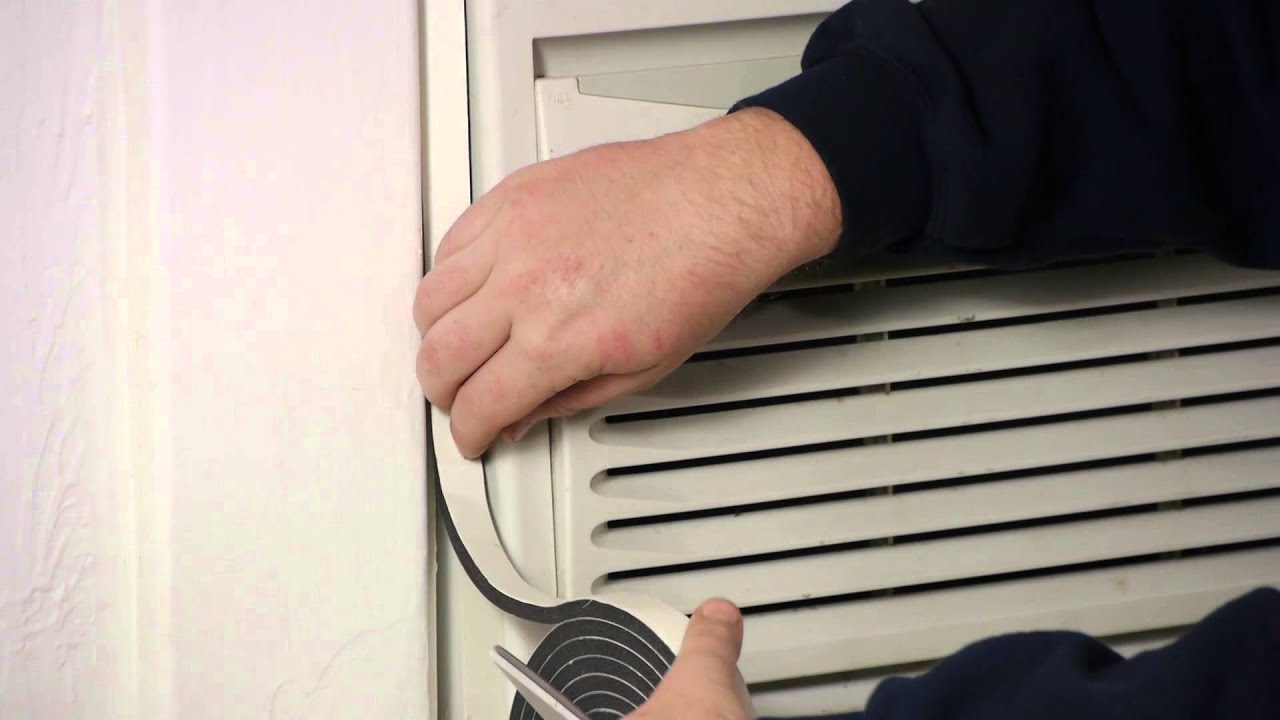
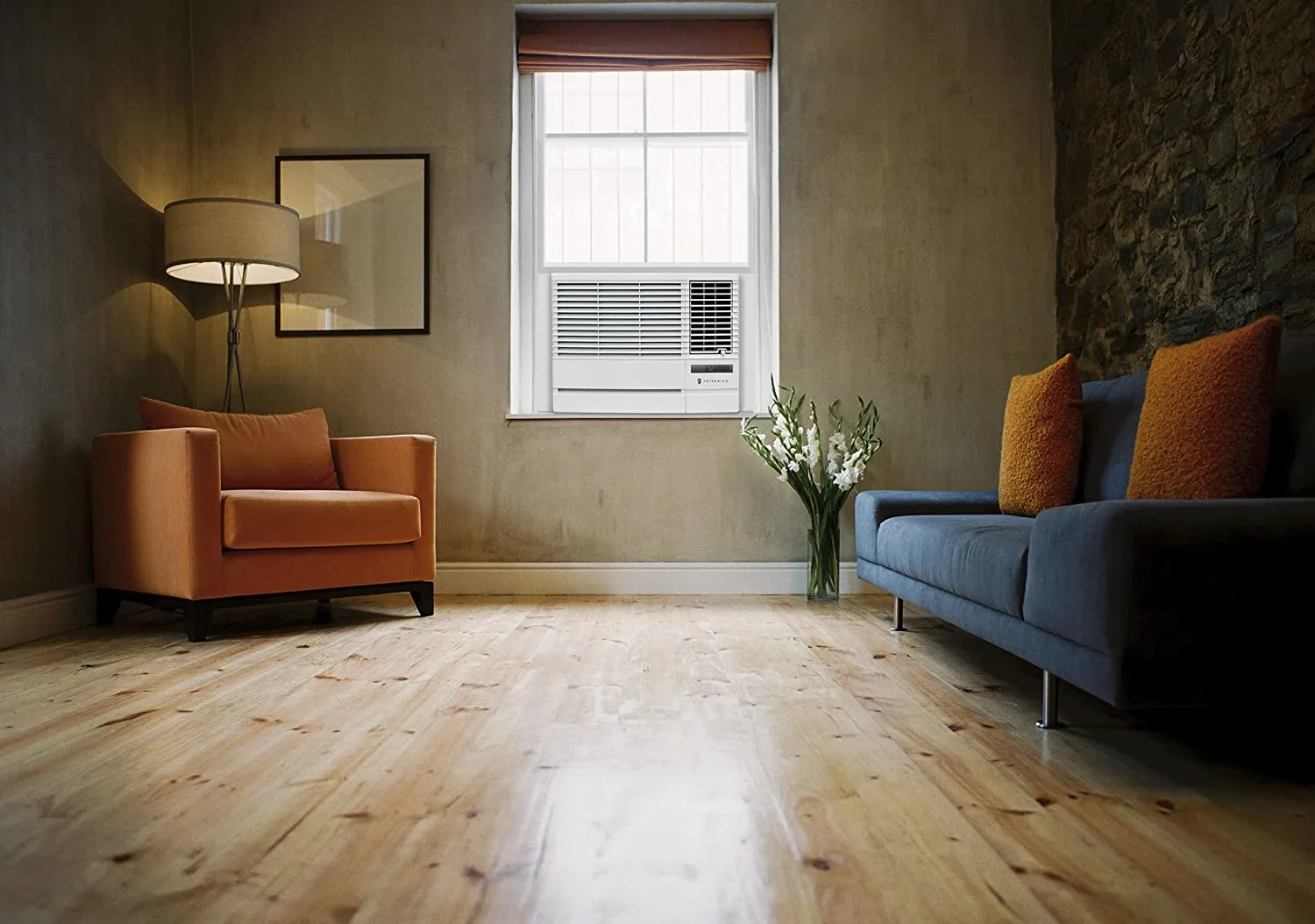
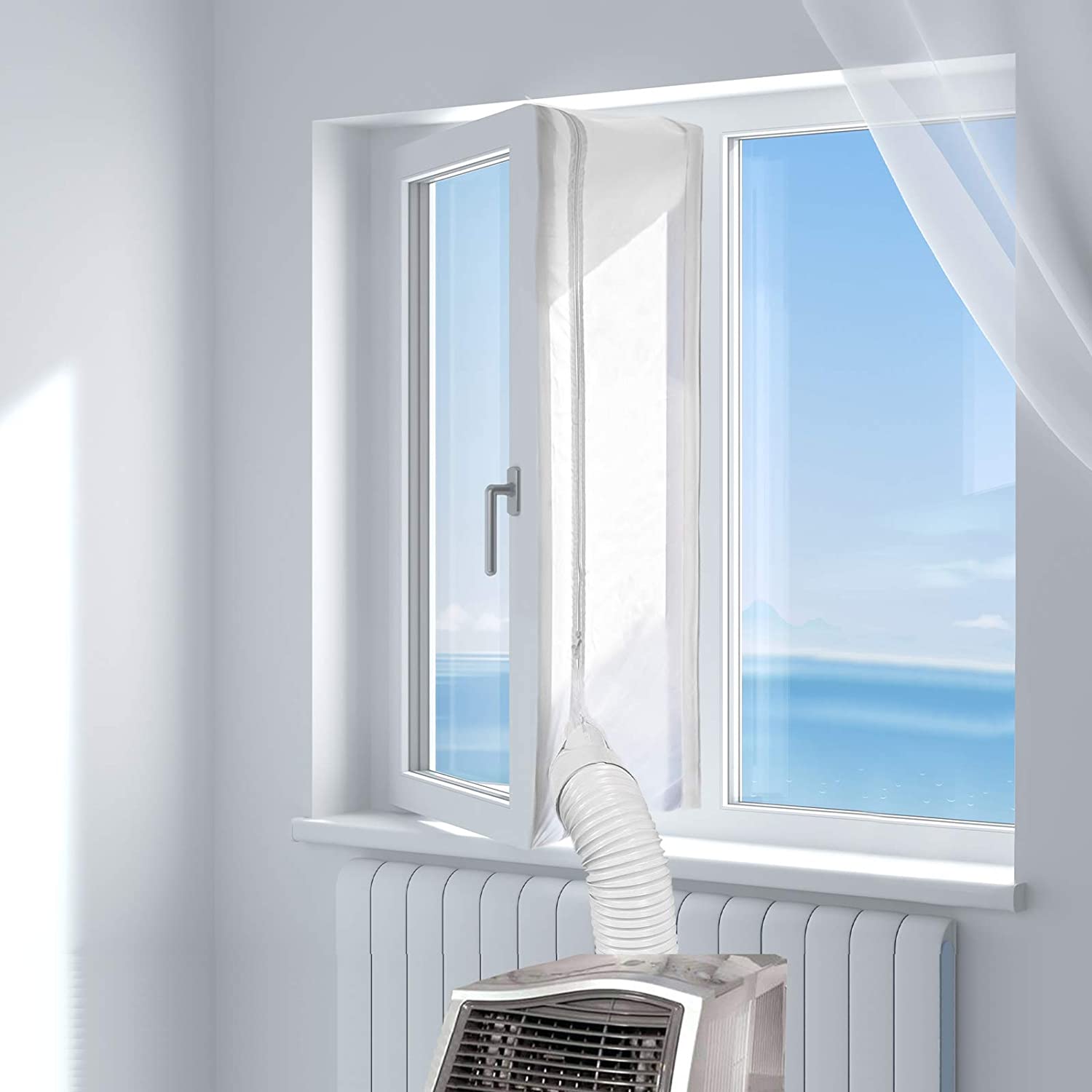

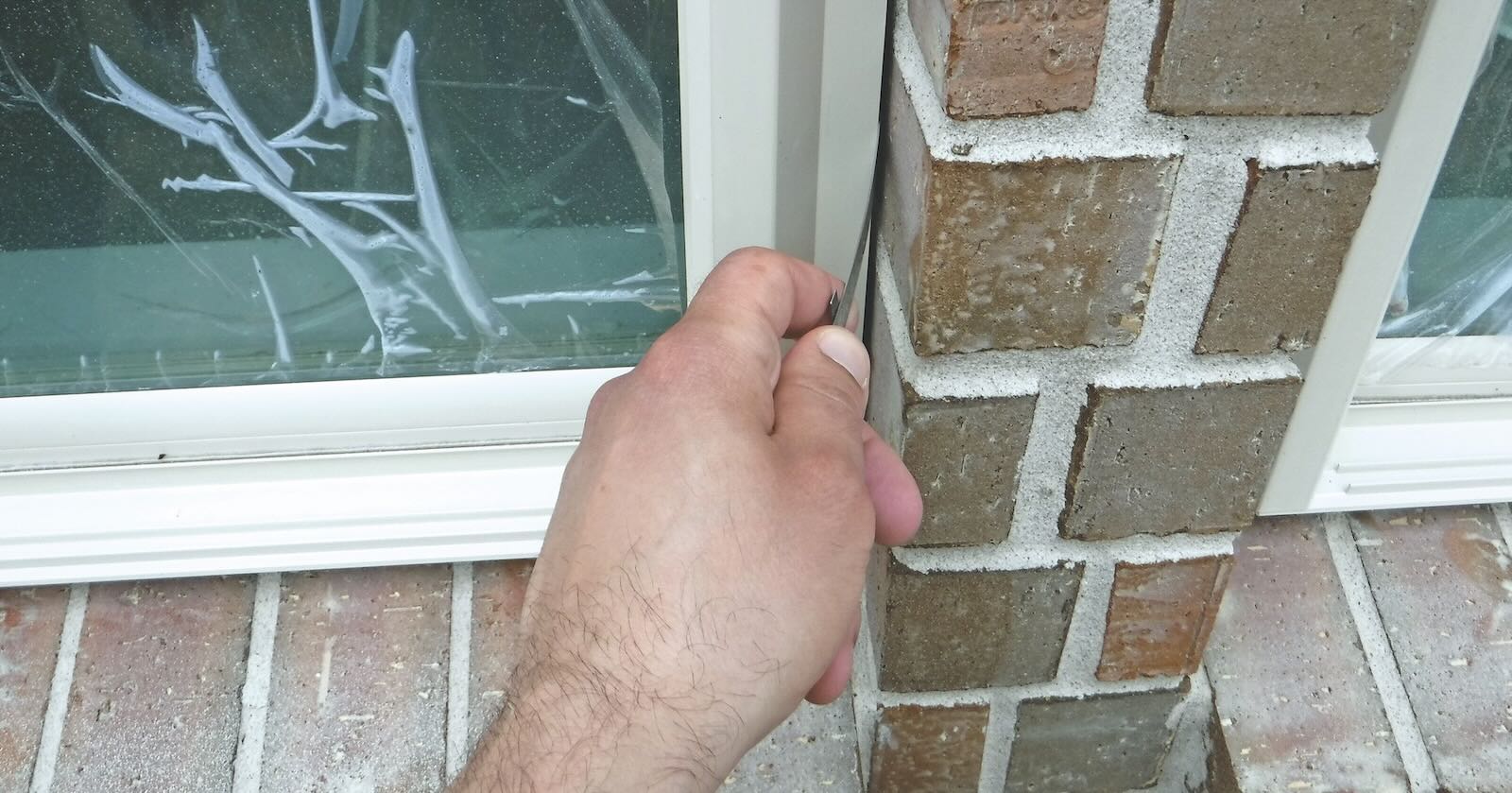


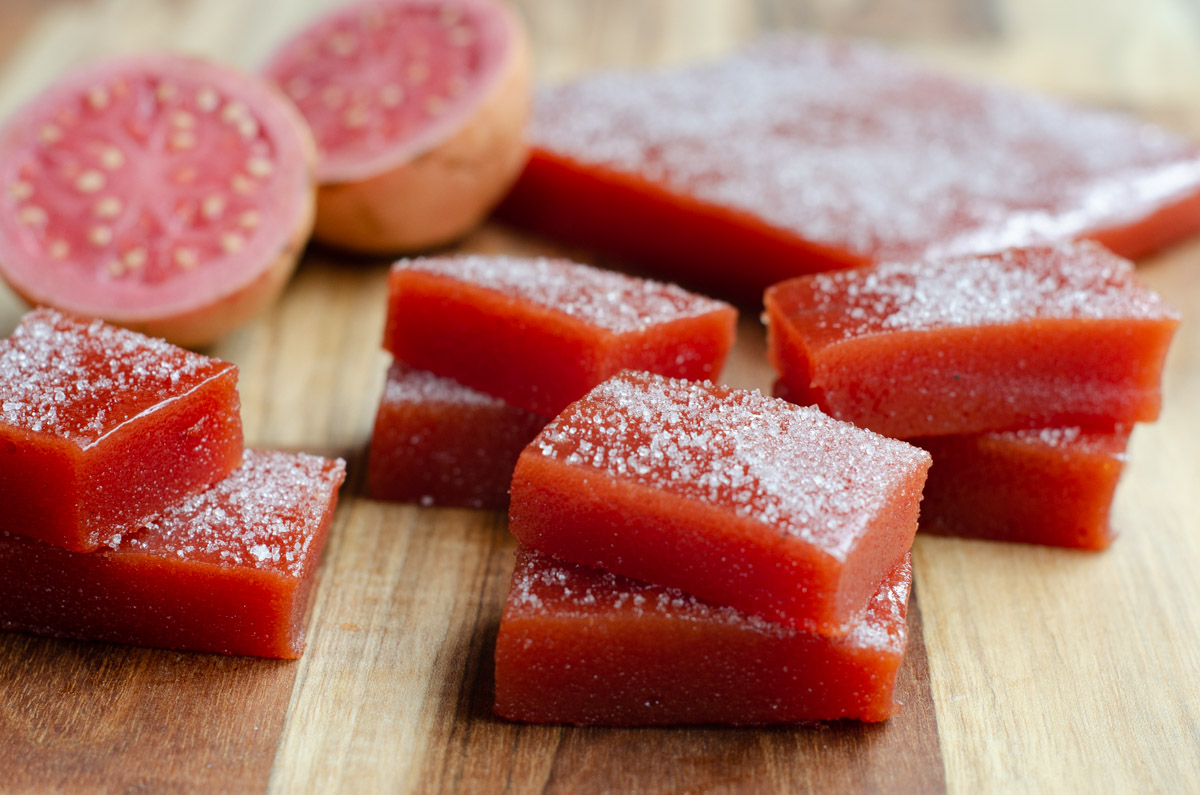



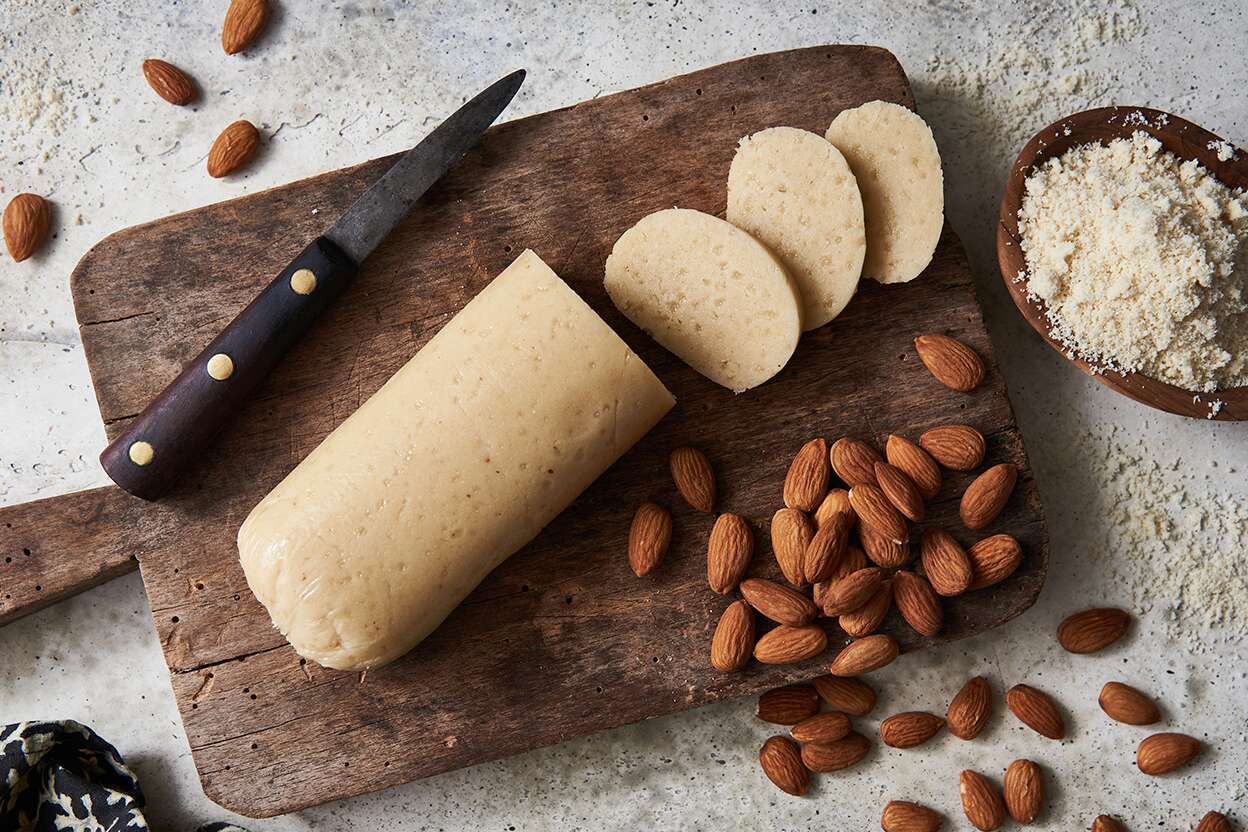
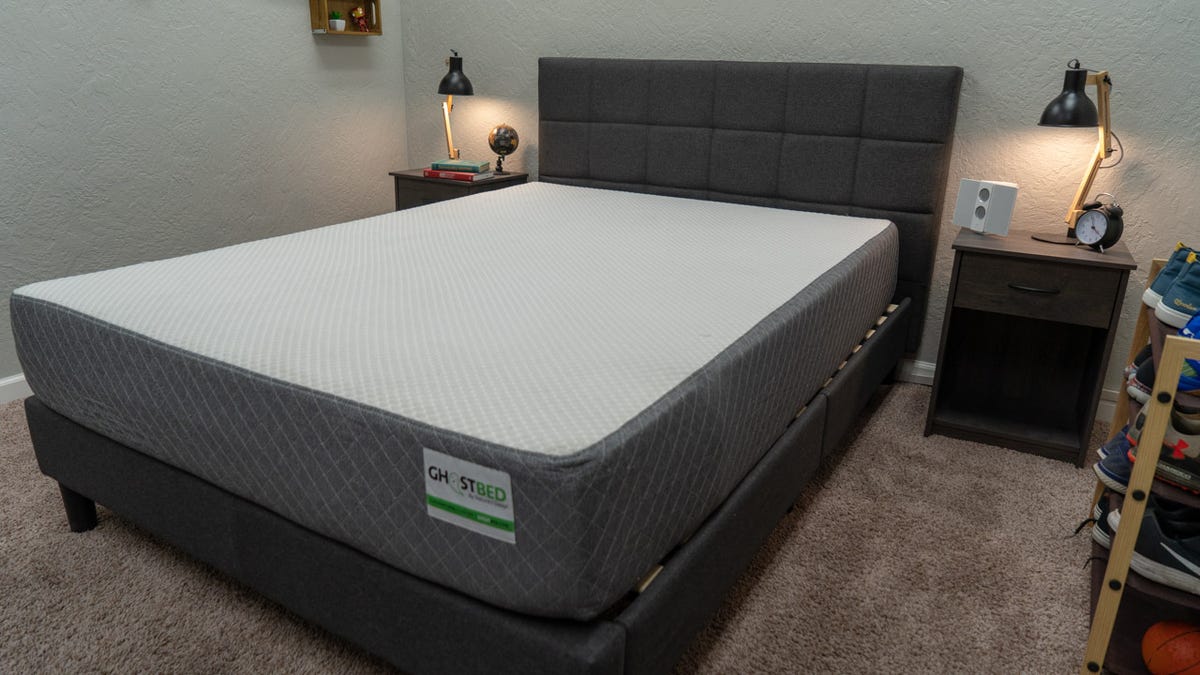

0 thoughts on “Ghost Of Drafts Past Sealing Historical Windows”